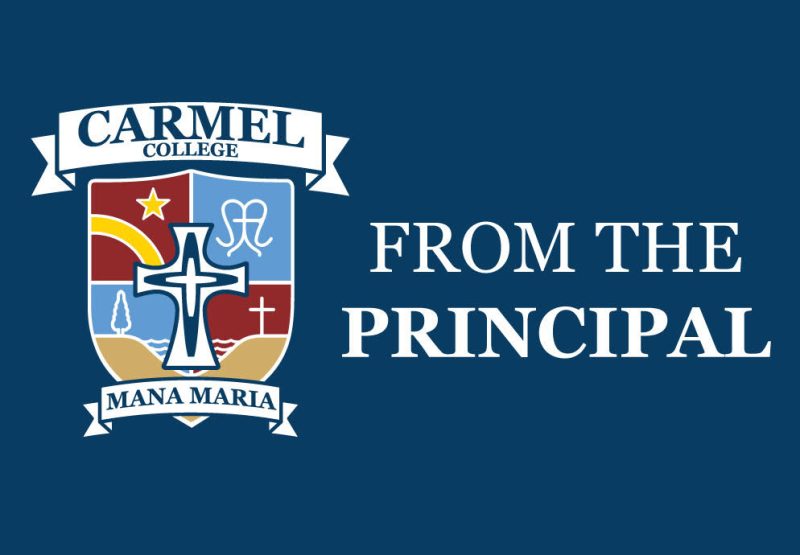Tena koutou katoa. Nga mihi nui atawhai.
Search and Retention is one of our school policies that does require that our school community understands what can and cannot be undertaken by staff in the college.
The legislation states the 4 principles upon which this policy is based and these are mainly around maintaining a safe environment for learning.
- All teachers are automatically authorised to act under the legislation.
- A search can be initiated only if a student refuses to produce or surrender a harmful item. A harmful item is an item that a teacher or an authorised staff member has reasonable grounds to believe poses an immediate threat to the physical or emotional safety of any person.
- Searches may be conducted only for an item that is considered to be harmful. Searches cannot be conducted for an item that is likely to endanger safety only, or for an item that is likely to detrimentally affect the learning environment only.
- It is unlawful to search a student’s person.
- A school can search its own property at any time, for any reason and in any way. A school’s property includes buildings, grounds and vehicles – as well as any locker, desk or other receptacle provided to students for storage purposes.
Before acting under the legislation, staff need to form a belief on reasonable grounds that a student has an item that is:
- likely to endanger safety, or is
- likely to detrimentally affect the learning environment, or is
- harmful.
It is important to note that an item does not have to be a physical thing. It can include information (for example, text, graphics) stored in electronic form on, say, a mobile phone.
What can cause some confusion is that the teacher has to have a “Belief on reasonable grounds” and this does not mean “absolutely certain.” What is reasonable depends on context and the nature of the item in question.
Likely To Detrimentally Affect The Learning Environment: This is a very broad category of item. Anything that disrupts the flow of teaching and learning has a detrimental effect on the learning environment. The judgement call belongs to the staff member. A belief on reasonable grounds is all that is required before the steps of the legislation may be applied.
Examples range from the comparatively innocuous (but extremely annoying) persistent tapping of a ruler, through to beeping mobile phones and theft of a wallet or craft knife.
Depending on the circumstances, a mobile phone can be either:
- an item in itself (affecting the learning environment by beeping or distracting students from the task in hand), or
- a device that stores an item that is likely to endanger safety (such as a bullying or inappropriate text or image).
Harmful: This is the only category of item for which a search may be conducted.
The legislation defines a harmful item as something that a teacher or authorised staff member has reasonable grounds to believe poses an immediate threat to the physical or emotional safety of any person.
To assist both parents and students to understand these policies and procedures, here are the links to the BOT policy and the MOE Guidelines that provide more details and scenarios for all to read.
Link to Search and Retention BOT policy
Link to full document on surrender and retention guidelines

